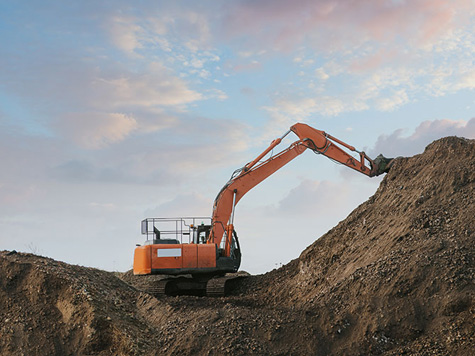Dams are crucial for water storage, flood control, and irrigation. However, maintaining their structural integrity and preventing leaks are significant challenges. One effective solution is the use of dam plastic lining. This method involves covering the dam with a geomembrane liner made of plastic materials to enhance its durability and efficiency.
The Importance of Dam Plastic Lining
Plastic lining in dams offers several benefits:
- Leak Prevention: One of the primary functions of a dam plastic lining is to prevent water seepage. This is crucial in maintaining the dam’s water-holding capacity and ensuring the surrounding areas are not adversely affected by leaks.
- Cost-Effective Maintenance: Implementing a plastic liner can reduce maintenance costs significantly. By preventing leaks and erosion, the liner minimizes the need for frequent repairs and prolongs the lifespan of the dam.
- Environmental Protection: Preventing leaks also means protecting the surrounding environment from potential contamination. This is especially important in areas where the water held by the dam is used for drinking or irrigation purposes.
Types of Plastic Liners
Various materials can be used for dam plastic lining, including:
- HDPE (High-Density Polyethylene): Known for its durability and resistance to chemicals, HDPE is a popular choice for dam liners.
- LLDPE (Linear Low-Density Polyethylene): This material offers more flexibility compared to HDPE, making it suitable for uneven surfaces.
- PVC (Polyvinyl Chloride): PVC liners are highly flexible and easy to install, making them ideal for complex dam structures.
Installation Process
The installation of a dam plastic lining involves several steps:
- Site Preparation: The dam surface must be cleared of debris and smoothed out to ensure a proper fit for the liner.
- Liner Placement: The liner is then unrolled and placed over the dam surface, ensuring it covers all potential leak points.
- Sealing: The seams of the liner are sealed using specialized welding equipment to ensure a watertight barrier.
- Covering: In some cases, an additional layer of soil or rocks is placed over the liner to protect it from UV exposure and physical damage.
Case Studies and Examples
Many dams around the world have successfully implemented plastic lining. For example, the Fremont Dam in Colorado, USA, utilizes an HDPE liner to prevent seepage and ensure the integrity of the dam. Similarly, the Taum Sauk Reservoir in Missouri, USA, has employed a geomembrane liner to enhance its structural stability.
Conclusion
Implementing a dam plastic lining is a proactive approach to ensuring the longevity and efficiency of dams. It provides numerous benefits, including leak prevention, cost-effective maintenance, and environmental protection. As technology advances, the materials and methods used for plastic lining continue to improve, offering even greater benefits for dam infrastructure.
For more information on dam plastic lining and its benefits, you can visit International Waterpower & Dam Construction and Geosynthetic.
This blog post should help you understand the importance of dam plastic lining and provide insights into its application. If you have any more questions or need further details, feel free to ask!
Originally posted 2024-07-31 16:53:00.

